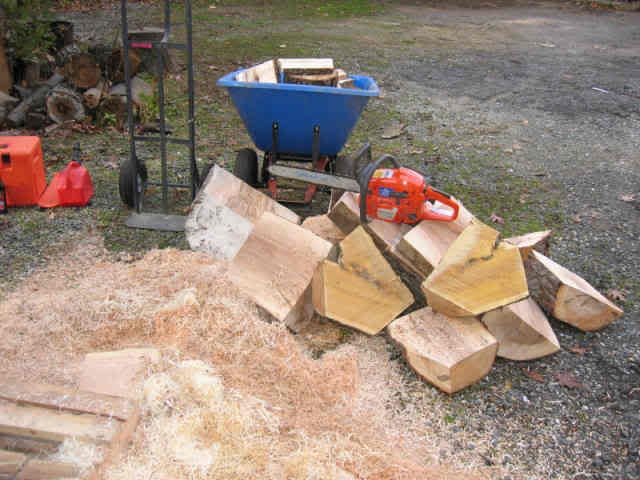Hi, New member here.
I've just been turning for about a year when I have the spare time. Nothing big or intricate, just some little projects to get used to working with my lathe.
My skills haven't grown to the point where I feel comfortable dropping big $$ on an expensive piece of wood that I'll turn down to a really nice toothpick, so I get most of my wood from wood piles (found some really nice walnut in my neighbors back yard).
A friend of mine recently told me I could have a walnut log from his backyard if I just come over and cut it up. He says it's about 10" in diameter and 10 foot long. (maybe an exaggeration, but free wood is free wood)
Here's my question: What's the best way to cut up something this big to make it most usable? I've been reading of members that cut up a log and seal it, then let it sit for a year or so before turning it. What's the logic behind that? Why seal it if you want it to dry out? Is there a way to 'read' the log and determine the best place to cut?




 Reply With Quote
Reply With Quote

 I use an old shipping palette to keep the logs steady while I rip them, btw.
I use an old shipping palette to keep the logs steady while I rip them, btw.

